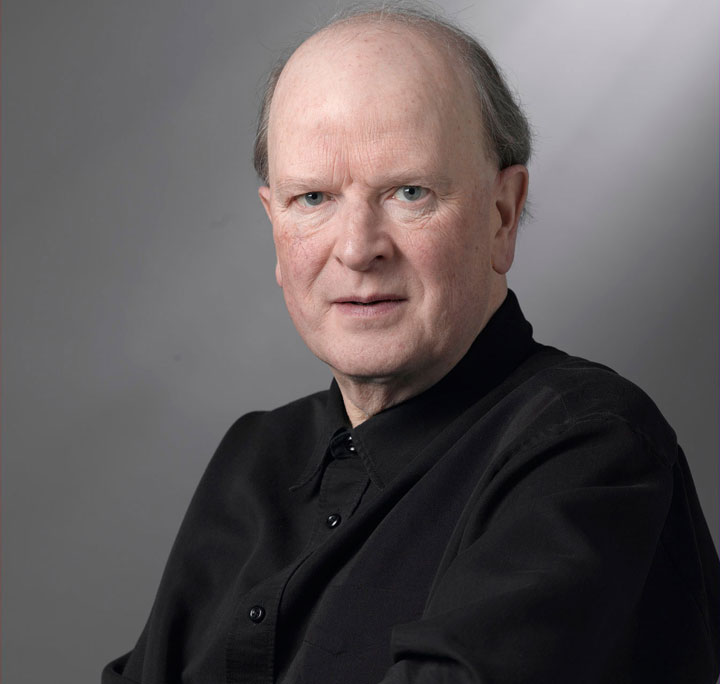Guy Woolfenden OBE

SERENADE FOR SOPHIA
Forthcoming engagements
WORLESTON CHAMBER CONCERT
Guy Woolfenden Serenade for Sophia
Worleston Village Hall, near Nantwich
Sunday 23rd October 6.pm
Guy Woolfenden Serenade for Sophia
Guy Woolfenden Suite Française
Joachim Raff Sinfonietta
Charles Gounod Petite Symphonie
Chamber Winds conducted by Tim Reynish
Free cakes and coffee/tea provided - Details from Andrew Bassey, Worleston Music School
I mention this because it has introduced me to a wonderful dectet by my old friend Guy Woolfenden, his Serenade for Sophia, written to celebrate the birth of his first grand-daughter and premiered in the Purcell Room on 26th November in the presence of the dedicatee as part of a BACBWE consortium. It is the most charming three movement work, lasting about 11 minutes, and I very much hope that Andrew Bassey might post it on Youtube after the concert. It is published by Ariel Music www.arielmusic.co.uk
email jane@arielmusic.co.uk
Guy writes:
I INTRADA
The work is scored for double wind quintet with no doublings and begins with a short formal Intrada. This word derived from the Spanish “entrada” is defined in Grove’s Dictionary as “an instrumental piece, generally for an ensemble” to accompany an entrance or to inaugurate some festive event”. This, to me, perfectly sums up the happy event of Sophia’s arrival. The movement is a formal A-B-A structure with the flutes having a decorative function in the A section, a melodic one in the middle section and a more florid role in the reprise.
II DANCE
The main theme of the Dance is initially stated by the first bassoon before being taken up by the upper woodwind, in a melodic and friendly music that hints at warmer climates, and taps into the rich culture of Sophia’s friends and relations.
111 FINALE
The Finale is the longest movement, and plays on the juxtaposition of the two contrasted moods; firstly areflective, somewhat troubled idea, characterised by an upward rising minor-mode four-note scale, rhythmical horn-pedal notes and gritty passages in thirds for clarinets and bassoons. The mood then shifts, a key centre is established, and the sun comes out in a happy Allegretto passage. This process is redeveloped, the reflective mood becomes more expressive and is treated canonically, the sun once again breaks through the clouds, and shines more brightly in a joyous coda.